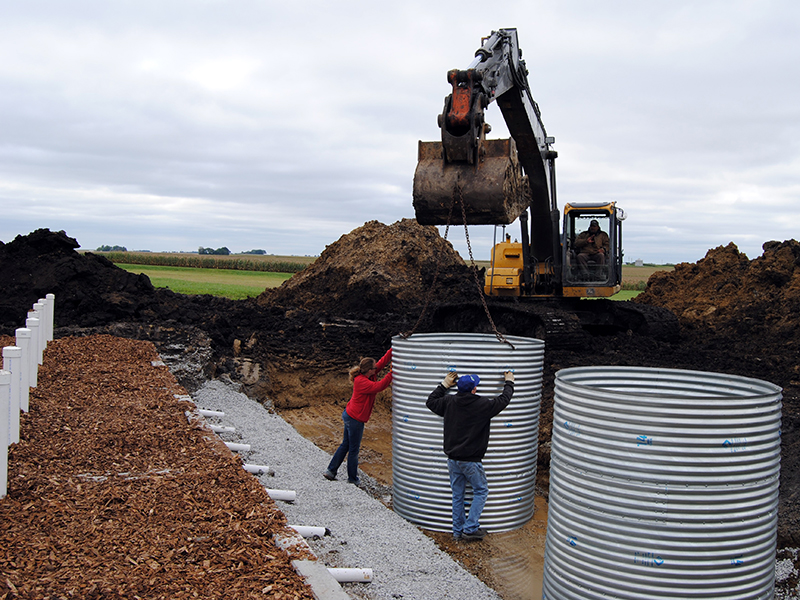Natural Resources

Abandoned orchards can be a beautiful sight. The neatly lined rows of trees often stick around for decades. Although beautiful, it may not be as easy to tell that there could be trouble below the surface. Harsh, toxic pesticides used in the past can linger in the soil. They might even make it to the groundwater and nearby wells.
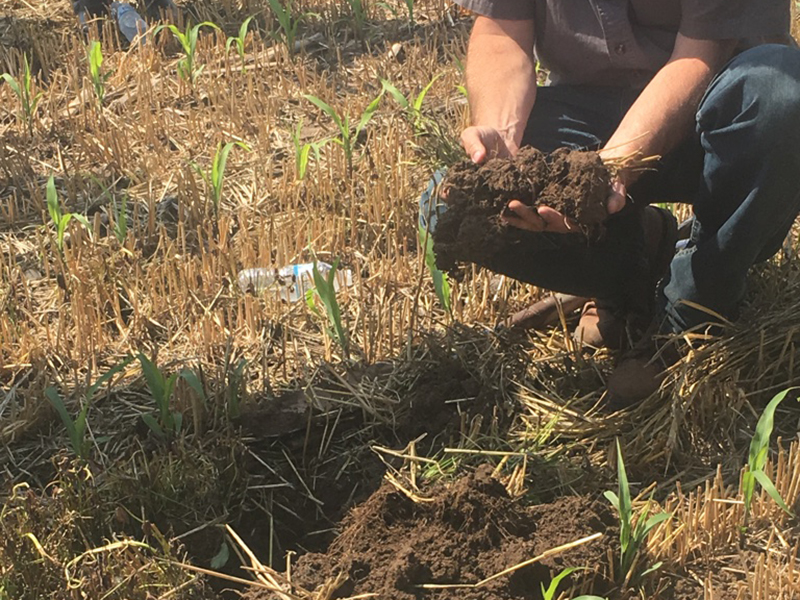
Baking a cake from scratch has more variables than baking one from a boxed mix. Though one can debate why – and when – cake mixes were developed, they are popular, and produce a uniform product. (They were really patented in the 1930s!)
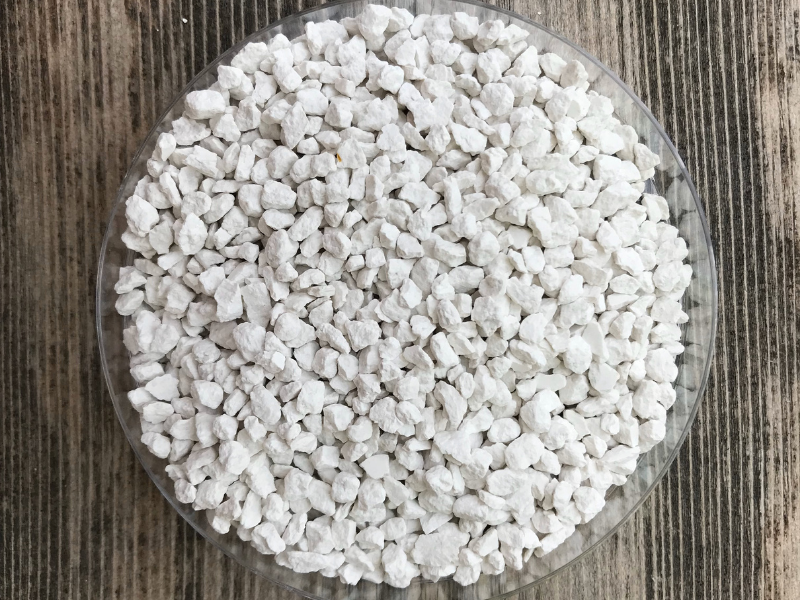
Studying new fertilizer options is the first step to getting farmers to eventually use them on their crops. A mineral called struvite has the potential to be an effective phosphorus fertilizer that may be considered organic.
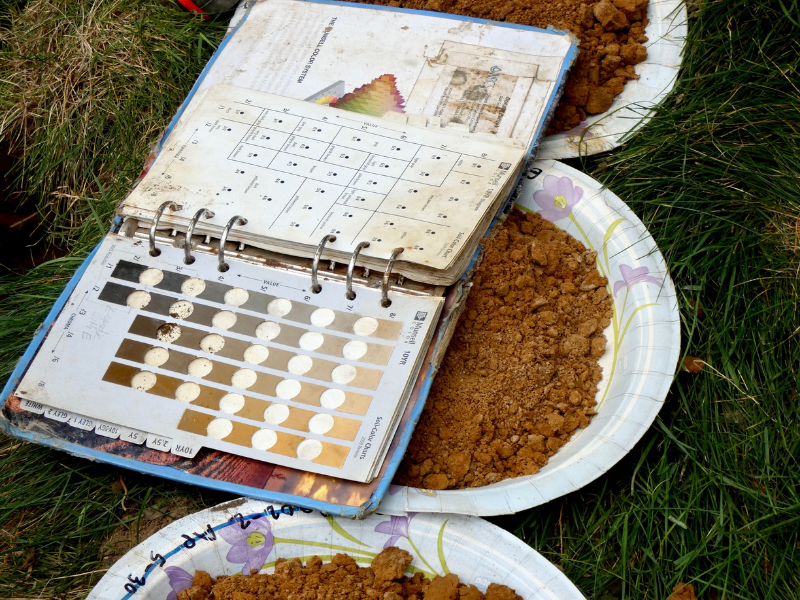
More than half the world’s population lives in urban areas. In the United States, more than 8 out of every 10 people are urbanites. Urban ecosystems often have less diverse animal and plant life compared to natural areas. But that’s not necessarily the case when it comes to microbes.

A new study suggests we may have more opportunities to protect our waterways. That’s because one system for keeping too many nutrients out of streams could be used more widely than it is now.


The current modern economy creates a lot of waste. Waste that piles up in landfills, in water bodies and in city streets. In countries that can afford wastewater systems, human excreta are usually dealt with in a sanitary fashion. But for poorer countries, the disposal of human waste, especially in cities, can cause health problems.
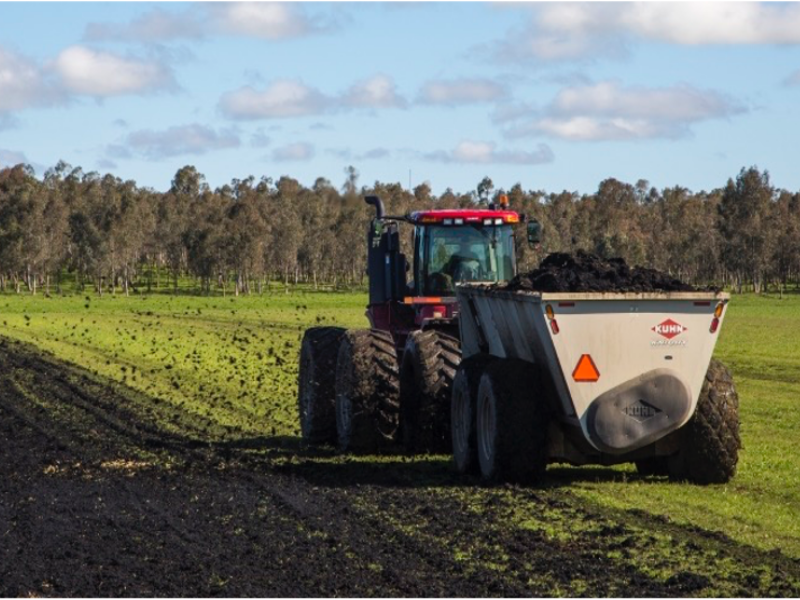
Many people do not know that human waste can be recycled to benefit the environment. After intense treatment, it can be applied to fields in the form of biosolids.

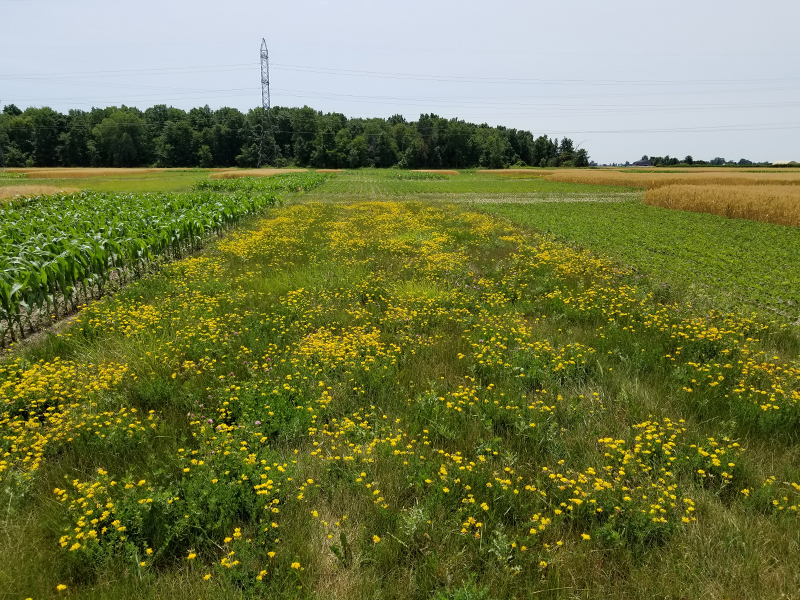
Soils, like people, can be healthy or unhealthy. We’ve recently learned how important the microbes inside our bodies are to human health. Likewise, soil health depends on a complex group of microbes. These bacteria and fungi recycle nutrients and prepare the soils to better support plants.
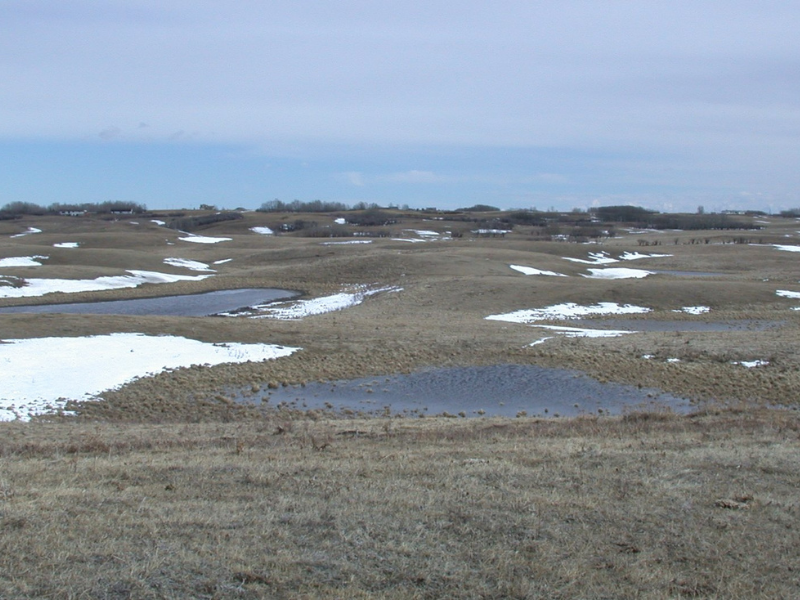
The water cycle is a delicate balance. In natural settings, water from rainfall or snowmelt can soak into soil or runoff to streams. Some of the water is stored in natural underground reservoirs – called groundwater. Plants use up the water to grow, and then new precipitation refills the groundwater – a process called groundwater recharge.

